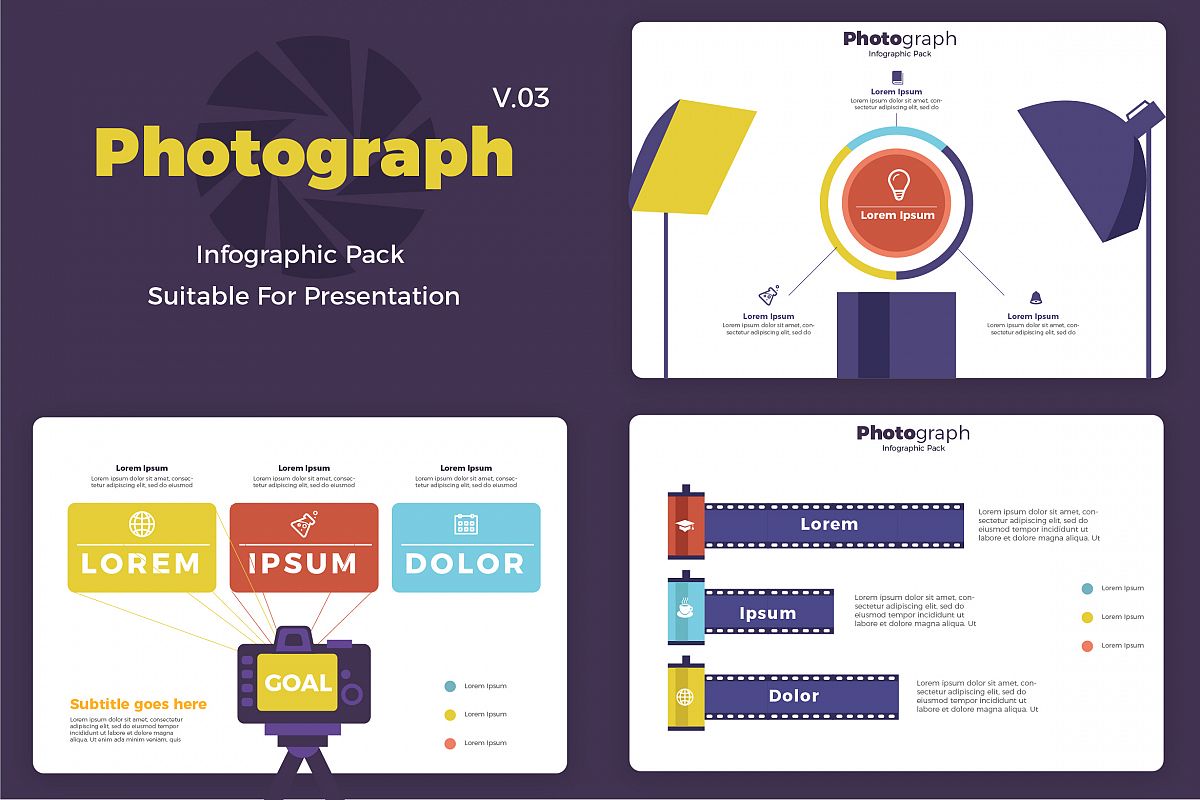Photography Tips For Beginners: Understanding Your Cam Quickly
Photography Tips For Beginners: Understanding Your Cam Quickly
Blog Article
Authored By-Lundgreen Fuentes
When you initially get your cam, it can feel overwhelming with all the setups and options available. click this link now might find yourself asking yourself how to navigate aperture, shutter speed, and ISO effectively. Understanding these basics is important, however there's more to digital photography than simply technical knowledge. Recognizing composition strategies and illumination problems can boost your photos drastically. So, suppose you could find out easy methods to improve your abilities and start recording outstanding photos sooner than you assume? Allow's check out just how to transform your digital photography trip.
Comprehending Electronic Camera Settings
Recognizing your cam setups is crucial for catching sensational images. When you pick up your electronic camera, acquaint on your own with the 3 major setups: aperture, shutter rate, and ISO. Each plays a crucial role in how your images end up.
Beginning with aperture, which regulates the amount of light going into the lens. A broader aperture (reduced f-number) lets in much more light and creates a gorgeous background blur, excellent for portraits. Alternatively, a narrower aperture (higher f-number) keeps more of the scene in emphasis, perfect for landscapes.
Next off, concentrate on shutter speed. This setup figures out the length of time your cam's sensor is subjected to light. A fast shutter rate ices up motion, which is wonderful for activity shots, while a slow-moving shutter speed can produce sensational results like smooth water in landscapes.
Finally, change your ISO. visit the following internet page affects your electronic camera's level of sensitivity to light. A greater ISO works in low-light circumstances yet can present noise or grain. Go for the lowest ISO possible while still accomplishing proper exposure.
Composition Strategies
When you're out shooting, make-up can make all the difference in how your pictures reverberate with viewers. Beginning by using the rule of thirds; visualize your frame divided right into nine equal areas with two horizontal and two upright lines. Setting crucial elements along these lines or at their intersections to develop balance and rate of interest.
Next, take into consideration leading lines. These natural lines in your scene, like roads or rivers, draw the customer's eye into the photograph, assisting them via the story you're telling.
Don't ignore framing; use components within your scene, like trees or windows, to develop a framework around your topic, including deepness and focus.
Likewise, keep https://postheaven.net/benedict222loren/unlock-the-secrets-to-locating-the-excellent-electronic-camera-for-your on your history. A cluttered history can distract from your main topic, while a straightforward one aids it stand apart.
Last but not least, experiment with proportion and patterns; they can create a striking photo that captures attention.
Mastering Illumination Issues
Grasping illumination problems is critical for catching stunning photographs, as the ideal light can change a common scene into something extraordinary.
Start by observing all-natural light at various times of the day. Early mornings and late afternoons offer the best light, referred to as the golden hour. The soft, warm tones during these times can boost your pictures wonderfully.
Do not shy away from cloudy days either; diffused light can decrease extreme darkness and produce a pleasing effect, especially for pictures.
Experiment with backlighting by placing your subject versus the light. This method can produce a fanciful halo effect and add deepness to your images.
Take http://boyd03gena.xtgem.com/__xt_blog/__xtblog_entry/__xtblog_entry/37561385-how-to-discover-your-unique-style-as-a-professional-photographer?__xtblog_block_id=1#xt_blog of your camera setups also. Change the ISO, aperture, and shutter speed to suit the illumination problems. A higher ISO can assist in low light, yet beware of grain.
Utilize a tripod in darker environments to avoid blur.
Lastly, don't neglect synthetic lighting. Flash and constant lights can be excellent tools for regulating light in challenging conditions.
Conclusion
In conclusion, understanding your video camera doesn't have to be frustrating. By comprehending your settings, applying composition methods, and using the power of natural light, you'll quickly boost your photography skills. Remember, exercise makes best, so venture out there and explore your newly found understanding. With time and devotion, you'll be catching spectacular photos that reflect your special perspective. Enjoy the trip, and don't neglect to have fun while you're at it!
